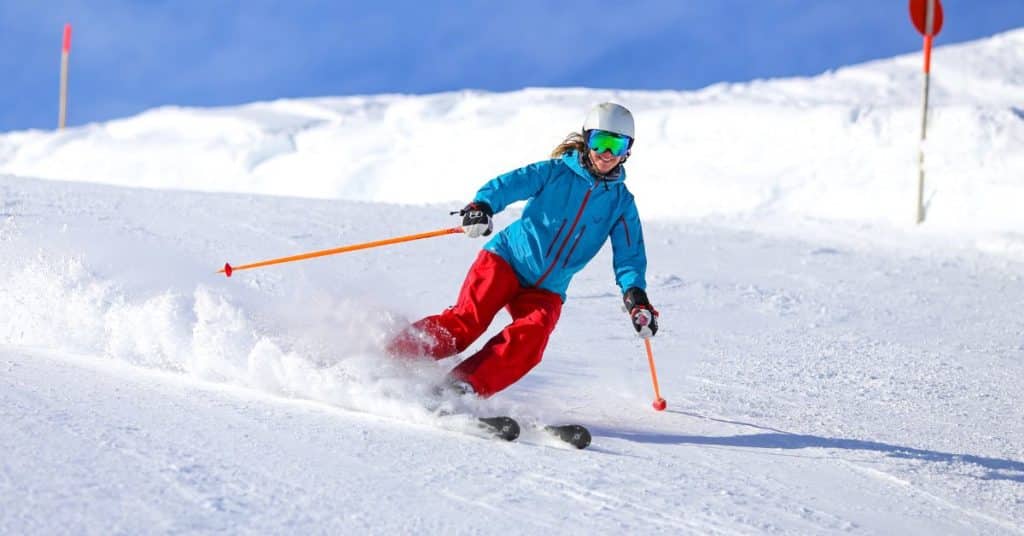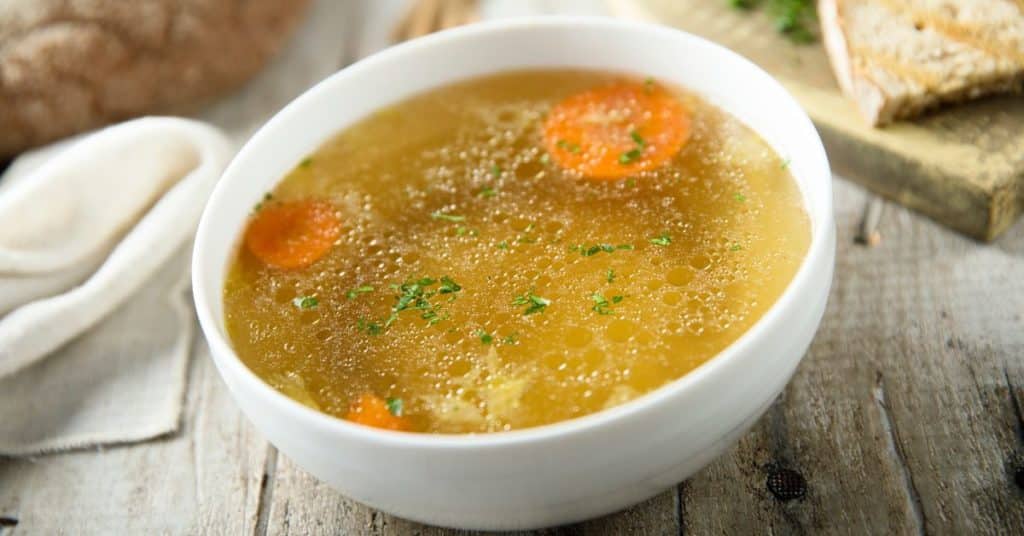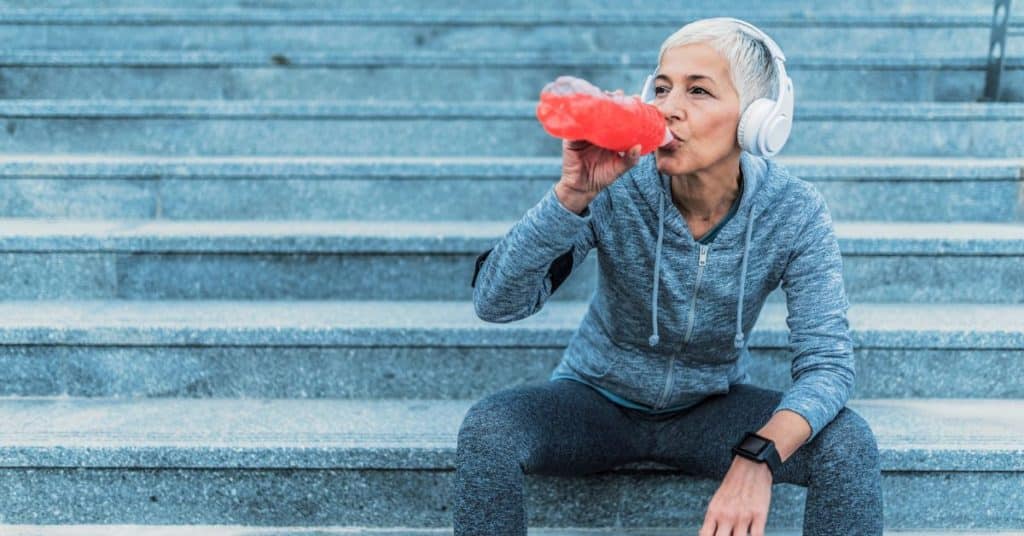
Winter dehydration is real!
As we transition to the winter months and the temperature drops, many people experience dehydration because their water intake decreases. Winter dehydration may seem like an oxymoron, but it is a legitimate health concern. Dehydration in colder months is just as likely as dehydration in warmer months. When it is cold, many people do not experience thirst and do not sweat. Thirst and sweat are the two most common symptoms that remind us to consume fluids.
Other symptoms of dehydration include:
- fatigue
- dry skin
- dizziness or light headedness
- dark colored urine
Fluid loss occurs through breathing, urinating, and bowel movements. Frequent urination is more common during the cold months as the body aims to protect itself and warm up its core temperature. Fluid losses are also impacted by activity level, metabolic rate, dietary choices, and health status.
Dehydration can lead to a host of issues. Most notably, the immune system suffers which puts the individual at risk for colds or other illnesses. This is especially important to consider during the COVID pandemic.
4 Steps To Reduce Winter Dehydration

1. Meet your water goals.
Establish how much water you should be consuming on a daily basis. A general rule for hydration is to consume half your body weight in fluid ounces. For example, if you weigh 100 lbs, you should consume 50 fluid ounces of water. Slowly increase the water intake to get to your goal. This will help your body tolerate the increased volume of water if you are not already at your ideal water intake.

2. Replenish fluids after exercise.
Most people do not bring water with them while exercising during the winter months. This is especially true for individuals who are participating in winter sports or recreational activities. Be sure to grab water before you grab a cocktail at the ski lodge.

3. Fluid needs can be met by way of food.
Fruits, vegetables, and soup are all good sources of fluid. These foods can also help you meet the body’s electrolyte needs. Yes, sodium, potassium and magnesium are all important nutrients to consider even if you are not sweating profusely during winter activities.

4. Hydrate using hot beverages!
Cold water may not be your first choice during cold months. Instead, add hot water, herbal tea, decaf coffee, or hot cider to your daily routine. And while you’re working on increasing warm hydrating beverages, try to limit the intake of fluids that serve as diuretics such as caffeinated beverages and alcohol.

Electrolytes Importance in Hydration During Cold Weather
When we think about hydration we often focus on water intake and forget about incorporating electrolytes. Electrolyte intake should be part of our daily regimen. Electrolytes are often associated with sport beverages used by athletes. However, electrolytes are important for the non-athletic individual too. This is especially true during the winter months. These essential minerals include sodium, potassium, magnesium, calcium, chloride and bicarbonate. They support the body by maintaining heart rate, regulating blood volume and blood clotting, and building tissue.
Food is a good electrolyte source. During winter months, the best electrolyte food sources include spinach, kale, potatoes, beans, almonds, oranges, bananas, tomatoes, olives, turkey, chicken, fish and brined or salted products. Electrolytes from food sources may not be adequate for people who are exercising more than 2 hours per day, have chronic health issues, or use medications that deplete the mineral balance. Symptoms of electrolyte imbalance include muscle cramps, fast heartbeat, headache, fatigue, disorientation, or extreme thirst. In this case, an electrolyte supplement might be necessary.
Winter Dehydration Recap
Let’s see if we can boost energy levels, reduce risk of colds and help the body work in your favor this winter. All you need to do is follow my 4 steps listed above to prevent winter dehydration and improve electrolyte balance through mineral rich foods. This will allow the body to work at its optimal level. And, as a result, your 2023 new years resolutions won’t be such a chore.

